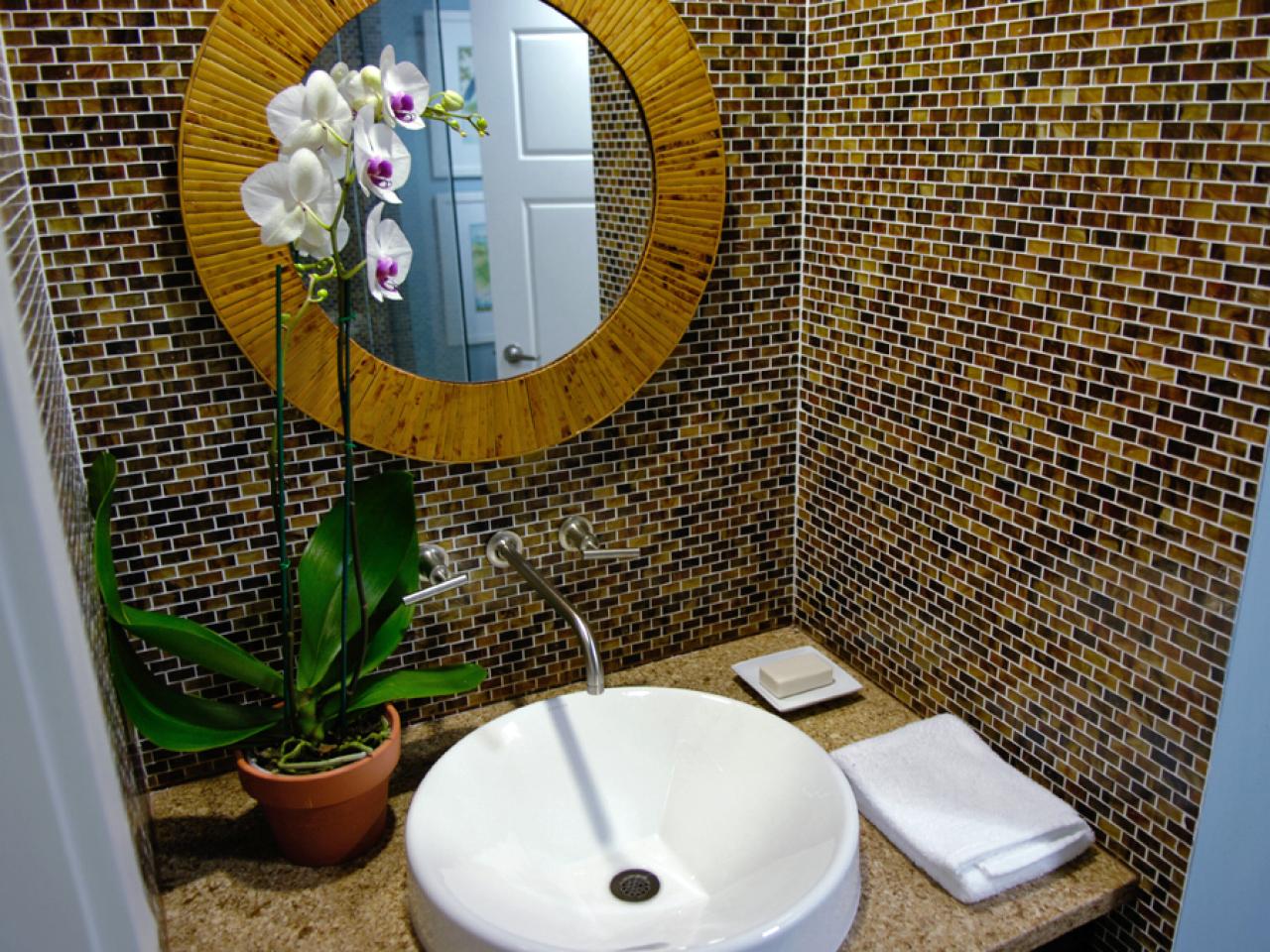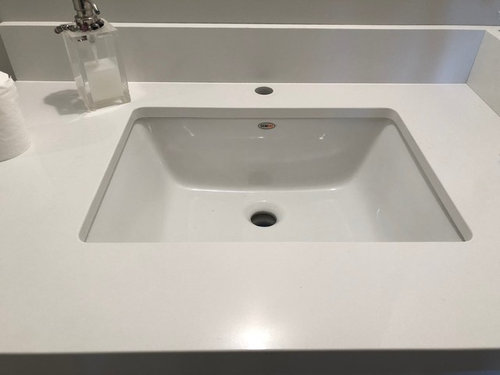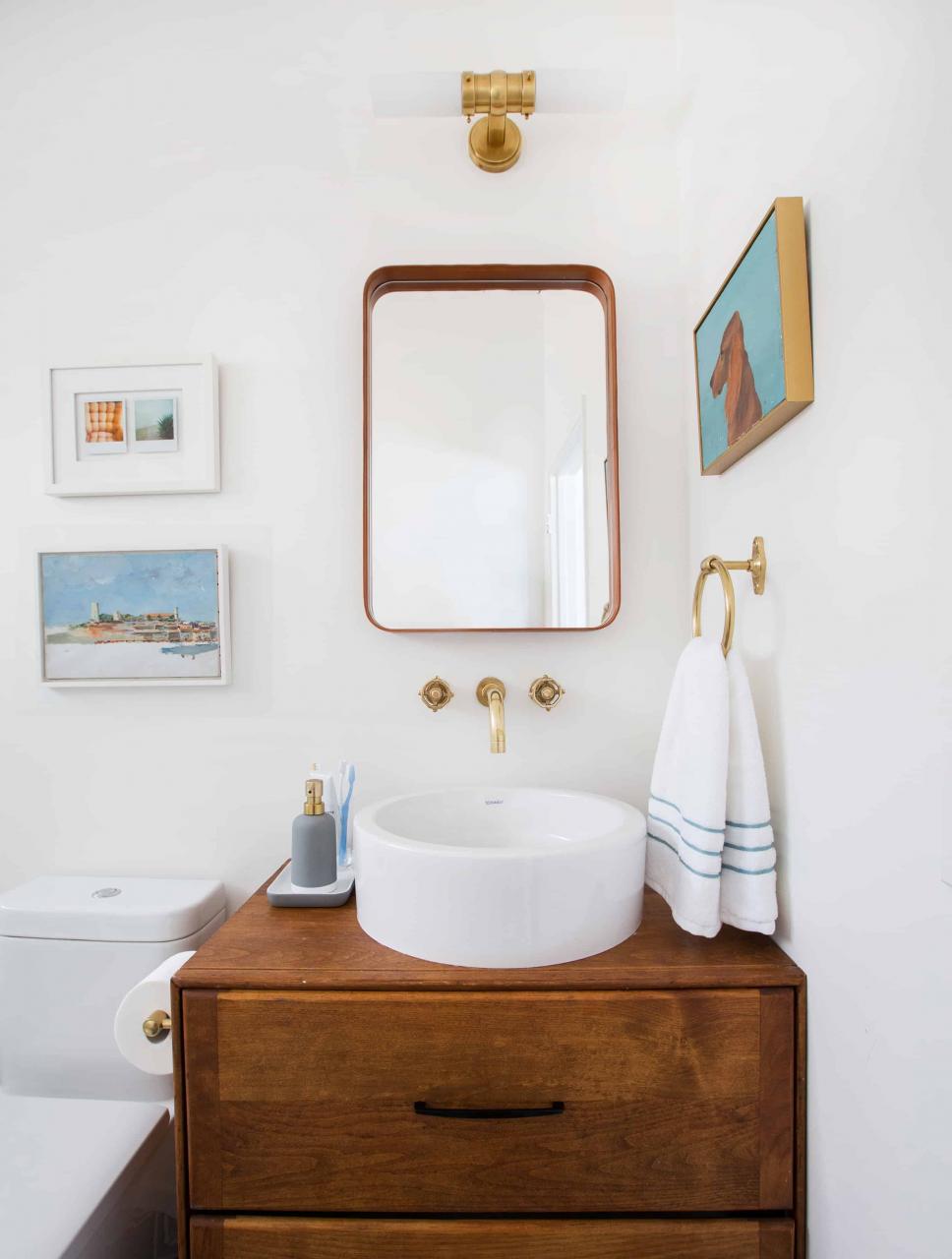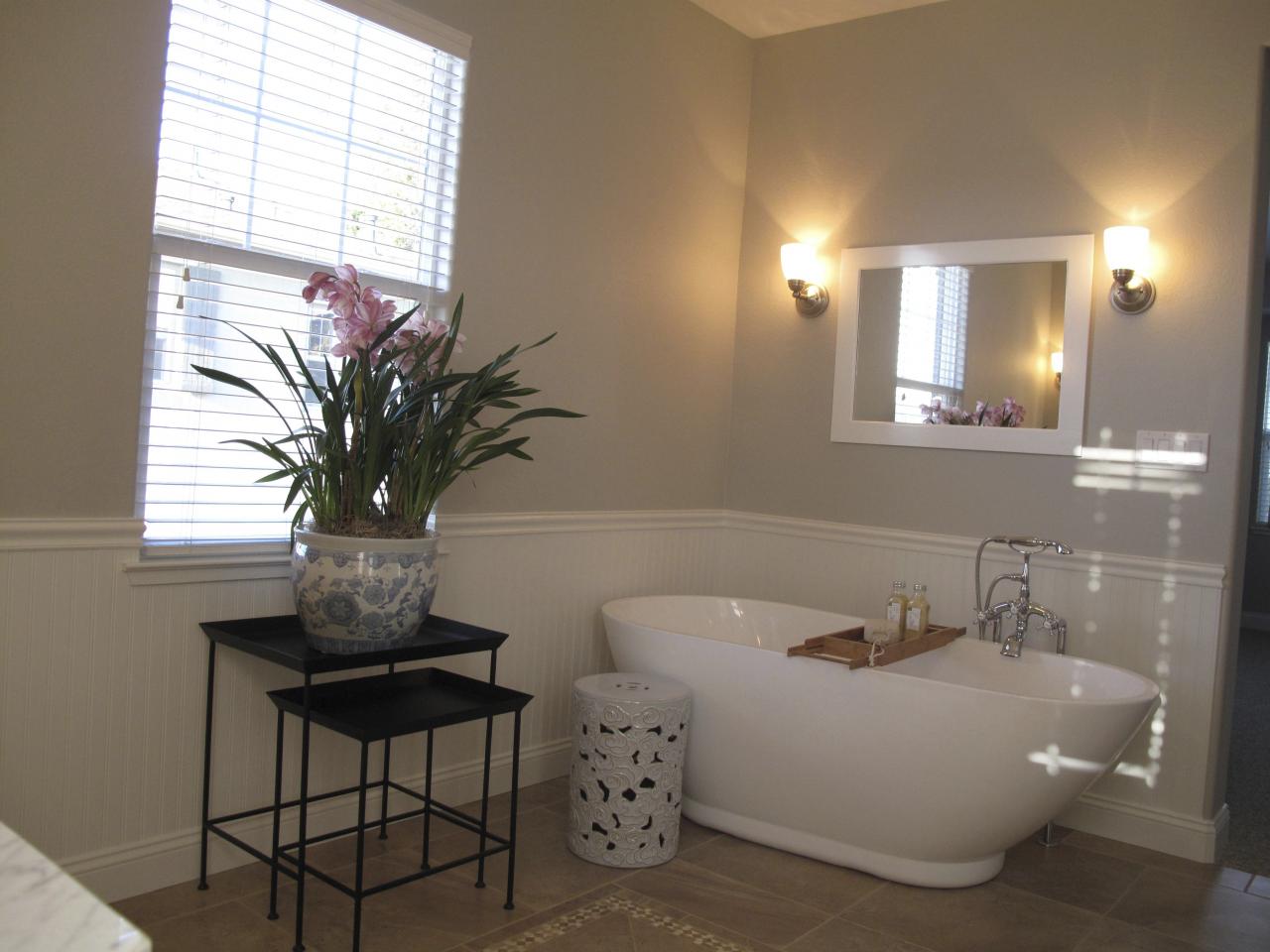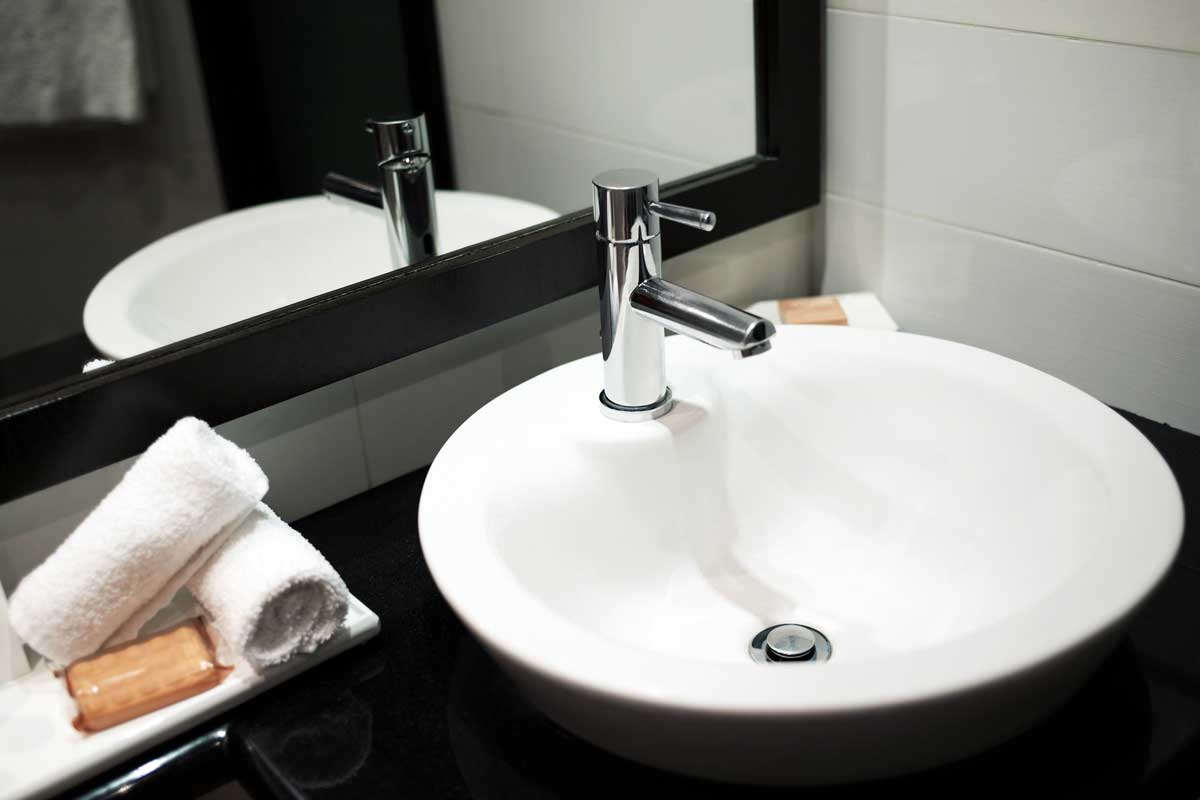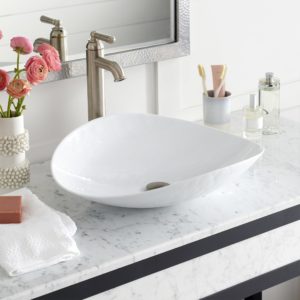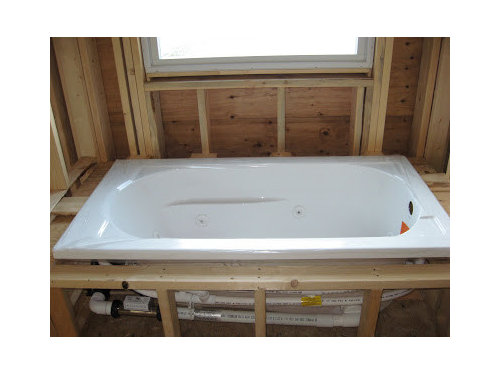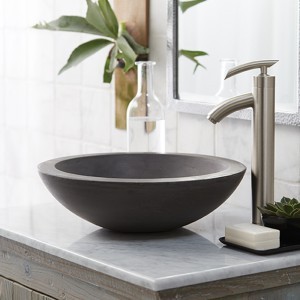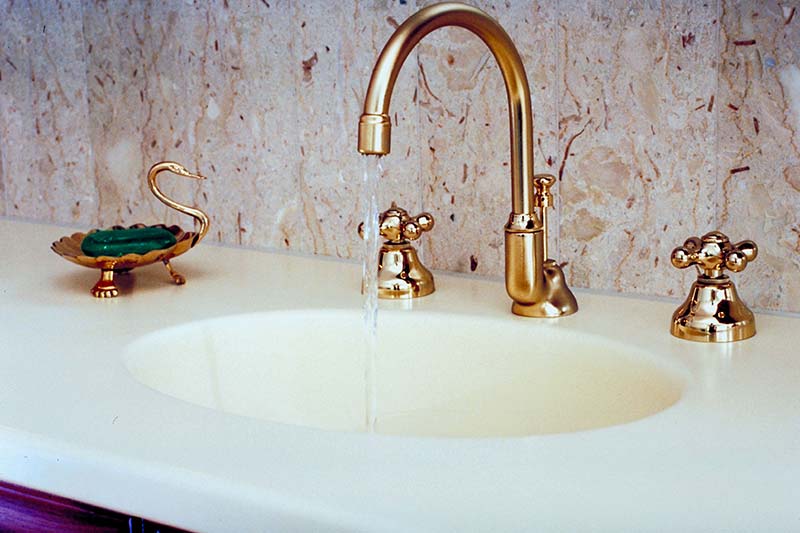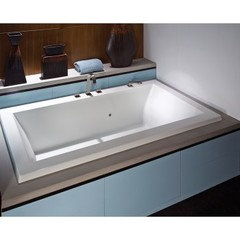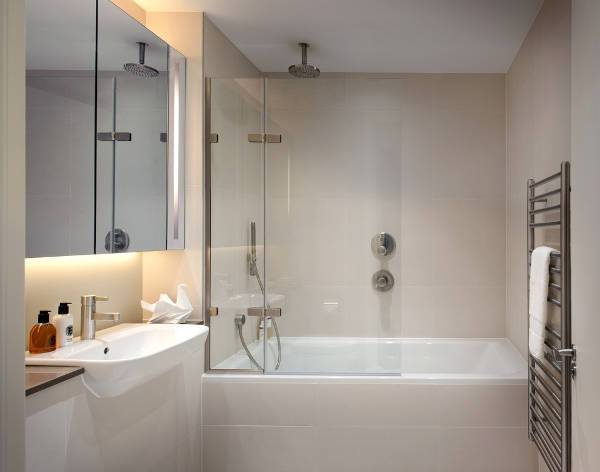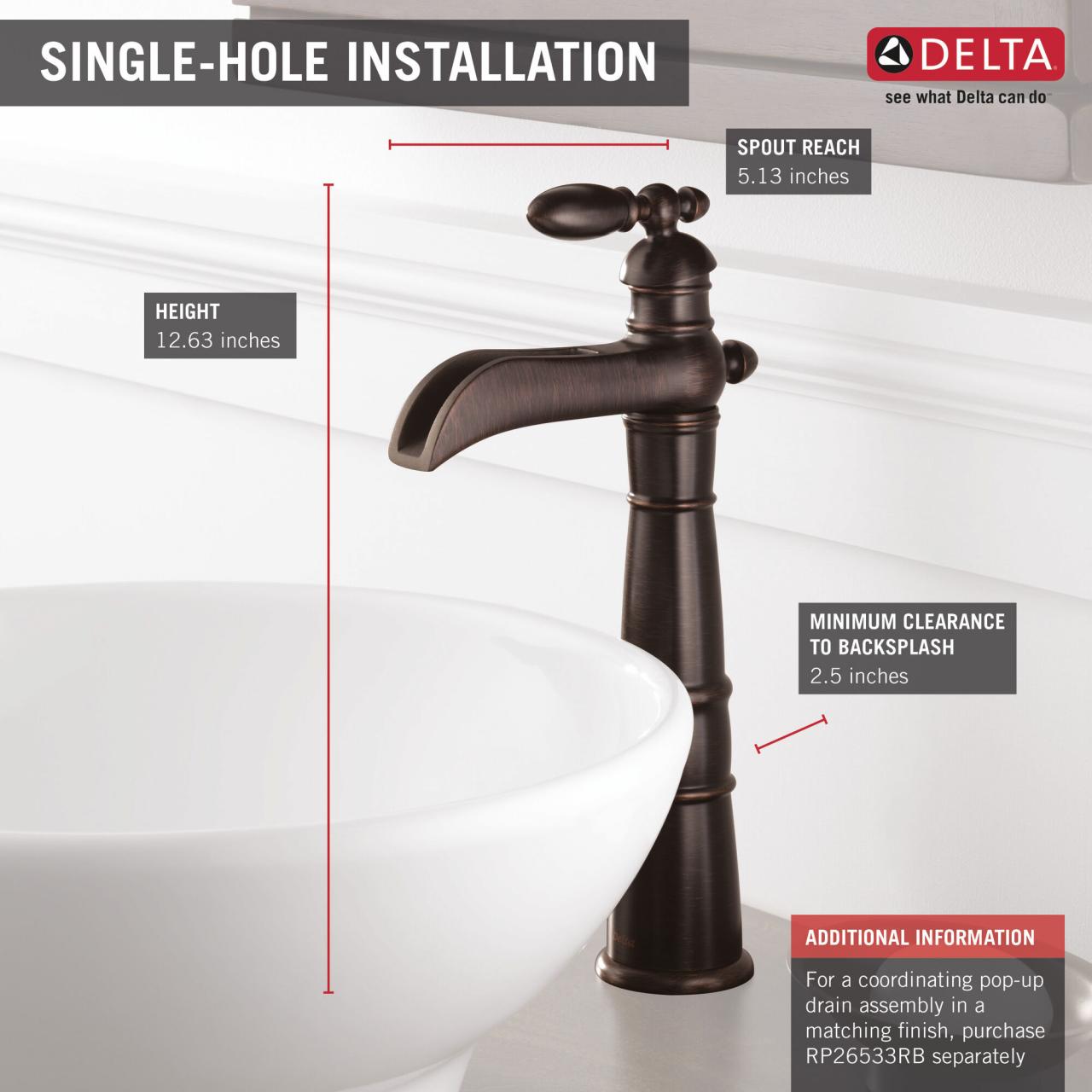Bathroom Faucet Placement
Proper Bathroom Faucet Placement: Balancing Functionality and Aesthetics
When it comes to your bathroom, the placement of your faucet is more than just a design decision – it’s a critical choice that impacts both functionality and aesthetics. Let’s discuss the essential considerations surrounding proper bathroom faucet placement.
- Ideal Faucet Height: A pivotal aspect of faucet placement is the height at which it is installed. Striking the right balance here is essential. If the faucet is too low, it becomes inconvenient for daily activities like handwashing and filling large containers, leading to water splashes outside the sink. Conversely, if it’s too high, water might splash onto the countertop or vanity, causing unnecessary mess. Proper faucet height ensures a comfortable and efficient user experience.
- The Goldilocks Distance: Another key consideration is the distance between the faucet and the sink. This factor greatly impacts usability. If the faucet is placed too close to the sink, it becomes challenging to fit your hands under the stream of water. However, when it’s too far, it can result in water splashing outside the sink. The goal is to find the “just right” distance that ensures convenient handwashing and task completion without unintended water spillage.
- Functionality at the Core: Functionality is at the core of proper faucet placement. A faucet that’s well-positioned makes daily tasks effortless. It should be thoughtfully located to facilitate a smooth flow of activities, ensuring that using the sink is a hassle-free experience. This not only enhances practicality but also prevents unnecessary mess and inconvenience.
- Aesthetics and Visual Appeal: Beyond functionality, proper faucet placement significantly contributes to the aesthetics of your bathroom. It plays a pivotal role in creating a harmonious and visually pleasing design. A well-placed faucet complements the style of the sink, countertop, and other bathroom fixtures, enhancing the overall look of the space. In contrast, an improperly placed faucet can disrupt the visual flow and create an unbalanced or disjointed appearance.
- Design Cohesion: Cohesion is key to a successful bathroom design, and faucet placement plays a crucial role in achieving it. A well-placed faucet seamlessly integrates into the bathroom’s design, creating a cohesive look. It complements the overall style, adding to the harmony of the space. On the other hand, an improperly placed faucet can disrupt the design’s flow and create an incongruous visual effect.
- Complementing Fixtures: Faucet placement should align with other bathroom fixtures. It should harmonize with the sink, mirror, vanity, and other elements. This synergy ensures that the bathroom presents a unified and visually appealing design. The faucet becomes an integral part of this design story rather than a disruptive element.
- Tailoring to Your Space: Proper faucet placement is not one-size-fits-all. It needs to be tailored to your bathroom’s unique dimensions and layout. What works in one bathroom may not be suitable for another. Customizing faucet placement to your specific space ensures that it maximizes both functionality and aesthetics.
- Professional Guidance: Achieving the perfect faucet placement often benefits from professional guidance. Experienced plumbers and designers can offer valuable insights, ensuring that your faucet is positioned optimally for your bathroom’s size and layout.
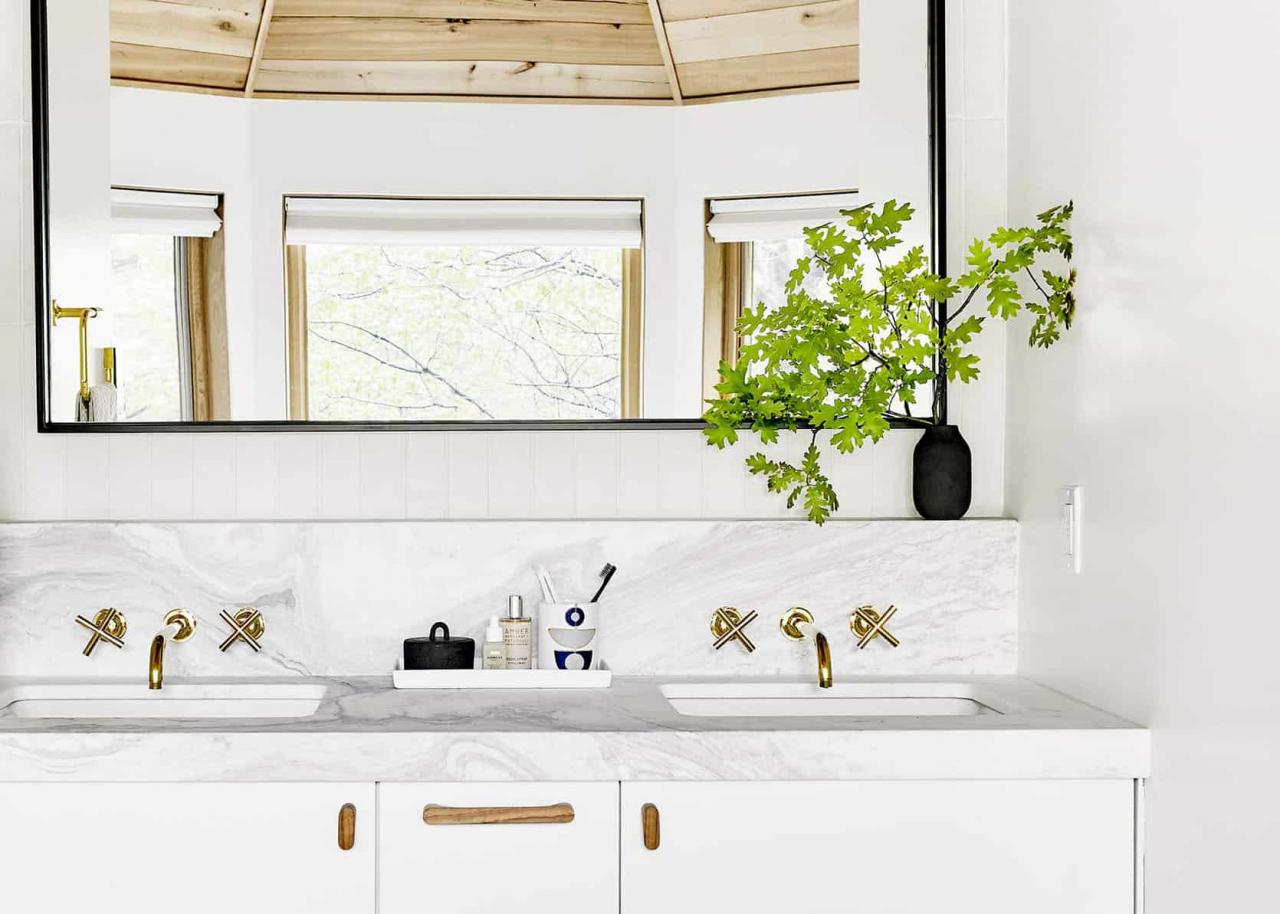
Factors to Consider when Determining Bathroom Faucet Placement
Sink Size and Configuration
When determining the placement of a bathroom faucet, one of the crucial factors to consider is the size and configuration of the sink. The faucet should be placed in a position that allows easy access to the sink without any obstructions. For smaller sinks, a centered faucet placement is often preferred to maximize the available space. However, for larger sinks or double sinks, the faucet can be placed off-center or in between the two sinks, depending on personal preference and design aesthetic.
User Convenience and Accessibility
Another important factor to consider is the convenience and accessibility for the users. The faucet should be located at a height and distance that allows comfortable use for individuals of different heights and abilities. It is recommended to place the faucet at a height that allows easy access for both adults and children, while also considering individuals with mobility issues or disabilities. Additionally, the distance between the sink and the faucet should be appropriate to prevent any splashing or excessive reach.
Plumbing and Installation Constraints
The existing plumbing and installation constraints in the bathroom should also be taken into account when determining faucet placement. The location of the water supply lines and drain pipes may limit the options for faucet placement. It is important to ensure that the chosen placement aligns with the existing plumbing infrastructure to avoid any costly modifications or complications during installation.
Style and Aesthetic Considerations
The style and aesthetic of the bathroom should also be considered when determining faucet placement. The faucet can serve as a focal point or complement the overall design of the bathroom. The placement should enhance the visual appeal of the space and integrate seamlessly with the other fixtures and elements in the bathroom. It is recommended to choose a faucet placement that aligns with the desired style and ambiance of the bathroom.
Functionality and Practicality
Lastly, the functionality and practicality of the faucet placement should be evaluated. The faucet should be positioned in a way that allows easy operation and maintenance. It should not obstruct the usage of other bathroom fixtures or impede the functionality of the sink. Additionally, the placement should allow for efficient cleaning and prevent any water leakage or splashing issues.
Common Mistakes to Avoid when Installing Bathroom Faucets
When installing bathroom faucets, it is important to pay attention to the placement to avoid common mistakes. Here are some key points to consider:
Distance from the Sink: One common mistake is placing the faucet too close or too far from the sink. It is essential to ensure that the faucet is positioned in a way that allows comfortable access to the water flow without causing any splashing or inconvenience.
Height of the Faucet: Another mistake to avoid is installing the faucet at an incorrect height. The height should be suitable for the users, allowing them to comfortably reach the water flow and wash their hands without any difficulty. It should also align with the overall aesthetic of the bathroom.
Proper Alignment: Faucet alignment is crucial for both functionality and aesthetics. It is important to align the faucet properly with the sink and any other bathroom fixtures. Misalignment can lead to water leaking or splashing, as well as an unappealing visual appearance.
Wall or Deck Mount: Choosing between a wall-mounted or deck-mounted faucet is another decision to make during installation. Each option has its own benefits and considerations. It is crucial to choose the appropriate type based on the sink design, available space, and personal preferences.
Plumbing Connections: Incorrect plumbing connections can lead to leaks and water damage. It is important to carefully follow the manufacturer’s instructions and use the right tools and materials for proper plumbing connections. Double-checking the connections before finishing the installation is recommended to avoid potential issues.
Tips and Tricks for Achieving the Ideal Bathroom Faucet Placement
Consider the Sink Size and Style: Before deciding on the placement of your bathroom faucet, it is important to consider the size and style of your sink. A larger sink may require a faucet with a longer spout reach, while a smaller sink may benefit from a shorter spout reach. Additionally, the style of the sink should complement the faucet style for a cohesive look.
Optimal Distance from the Sink Edge: The ideal placement for a bathroom faucet is typically around 4 inches from the edge of the sink. This allows for comfortable handwashing without splashing water outside the sink. It is important to ensure that the faucet is not too close to the edge, as this can make it difficult to use the sink effectively.
Height for Comfortable Use: The height of the faucet is another important consideration for achieving ideal placement. A faucet that is too low can make it difficult to wash hands or fill tall containers, while a faucet that is too high can cause splashing. Generally, a faucet height of around 6-8 inches above the sink is recommended for optimal comfort and functionality.
Spout Reach for Functionality: The spout reach refers to the horizontal distance from the faucet base to the end of the spout. It is important to choose a faucet with an appropriate spout reach to ensure that water is directed into the sink and not onto the countertop. A spout reach of around 4-6 inches is typically suitable for most bathroom sinks.
Consider User Accessibility: If the bathroom will be used by individuals with disabilities or limited mobility, it is important to consider their needs when determining faucet placement. Ensuring that the faucet is easily accessible and within reach for all users is essential for creating an inclusive and functional bathroom space.
Take into Account Other Fixtures and Hardware: When planning the placement of your bathroom faucet, it is important to consider the position of other fixtures and hardware in the space. This includes towel bars, soap dispensers, and other accessories. Ensuring that the faucet is not obstructed or too close to other items will help create a harmonious and practical layout.
Leslieu0027s Tub Faucet Placement Freestanding tub faucet, Free
How Far Should A Faucet Extend Into The Bathroom Sink? – Home
A Perfect Pairing; Selecting Your Vessel Sink Faucet – Native Trails
Can you help with faucet placement?
A Perfect Pairing; Selecting Your Vessel Sink Faucet – Native Trails
Bathroom Faucet Types and How to Identify Them
Master Bathtub Faucet Placement
19+ Bathroom Faucet Designs, Ideas Design Trends – Premium PSD
Single Handle Channel Vessel Bathroom Faucet
Related Posts:
- Moen Dual Handle Bathroom Faucet Repair
- Chateau By Moen Bathroom Faucet Repair
- Chrome Or Brushed Nickel For Bathroom Faucets
- Types Of Bathroom Faucet Handles
- How To Fix A Leaky Price Pfister Bathroom Faucet
- Antique Wall Mounted Bathroom Faucets
- Grohe Cross Handle Bathroom Faucet
- Grohe Bathroom Faucet Cartridge
- How To Replace Bathroom Faucet Supply Lines
- How To Repair Delta Bathroom Faucet Leak
